22 LGBTQ+ Pride Flags and the Meanings Behind Them
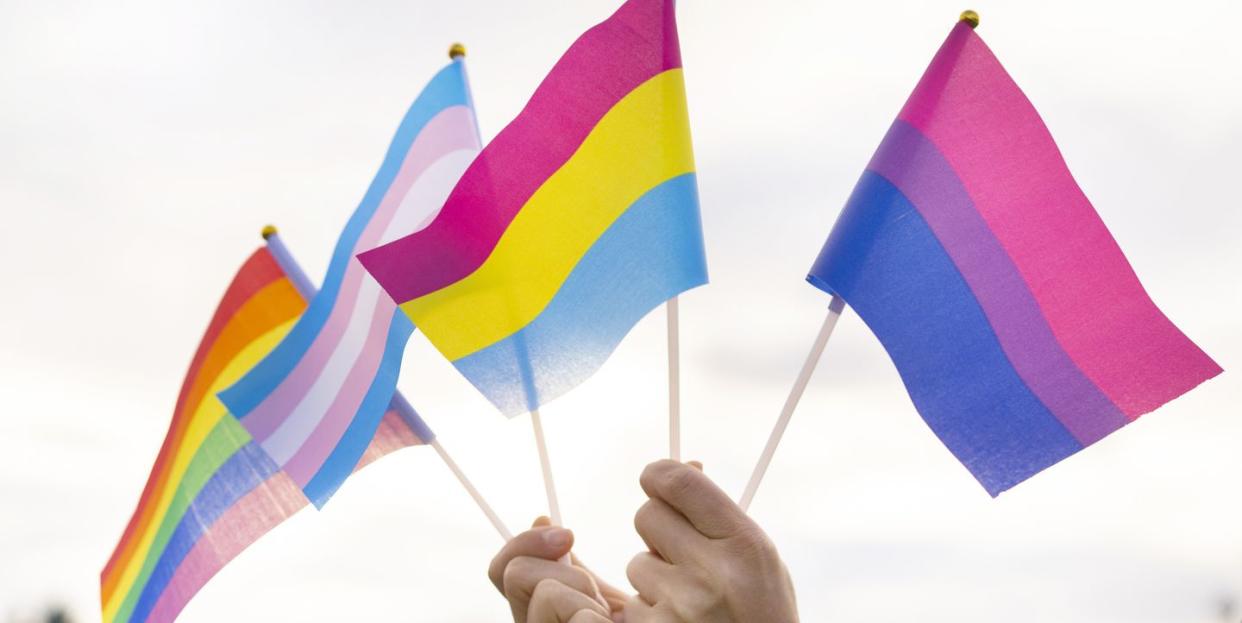
- Oops!Something went wrong.Please try again later.
Pride Month is nearly here! If you've ever attended a Pride parade or lived in a community that celebrates LGBTQ+ people, you've probably seen a variety of colorful flags and may have wondered what each of them mean. We've got all the info you need about Pride flag meanings, so you can be informed and supportive.
"The pride flag is important because it gives visibility to the LGBTQIA+ community; that we exist and our community matters," Rev. Anne-Marie Zanzal explains to Woman's Day. She is an ordained minister working with cis and trans women coming out later in life to the LGBTQIA+ community. "It is also an identifier for other Queer folks that this person, business, or house of worship is safe to me as a LGBTQIA+ person."
In addition to the rainbow flag, you may have seen other flags which symbolize a variety of specific gender identities and sexualities. "There are also numerous sexual orientation flags including bisexual, pansexual, asexual, and more," shares Jillian Amodio, a social worker who works with LGBTQ+ populations and is the founder of Moms for Mental Health. "Making an effort in any way we can to be inclusive, and represent various populations and subcultures within a community is always important," she tells Woman's Day.
In addition to learning about the meanings behind Pride flags and displaying them at your home or workplace, you can also buy products that support organizations advocating for LGBTQ+ rights and reflect on quotes from the LGBTQ+ community.
22 Pride flags and what they mean:
Gilbert Baker Pride Flag (Original Pride Flag)
In 1978, artist Gilbert Baker created the first version of the rainbow Pride flag we know today. "A Rainbow Flag was a conscious choice, natural and necessary," he wrote on his website. "The rainbow came from earliest recorded history as a symbol of hope."
Each color on the flag represents something different:
Pink = Sex
Red = Life
Orange = Healing
Yellow = Sunlight
Green = Nature
Turquoise = Magic
Blue = Serenity
Purple = Spirit
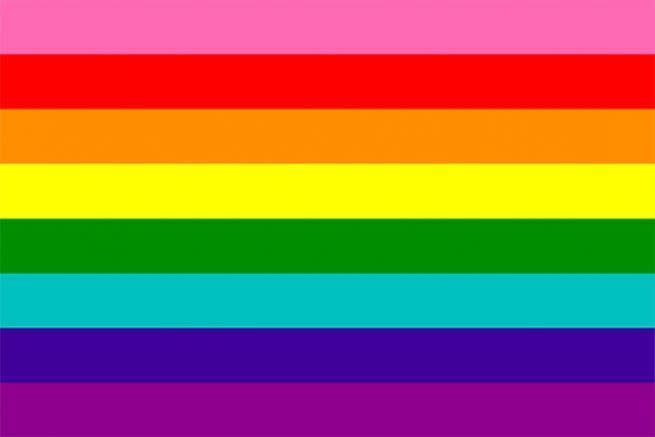
1978 Pride Flag
According to The Gilbert Baker Foundation website, demand for the Pride flag rose following the assassination of Harvey Milk in November 1978. It was difficult to source the hot pink fabric needed for the flag's top stripe, so Paramount Flag Company and Baker worked together to create a flag using stock rainbow fabric with seven stripes.

1979 Rainbow Pride Flag (Traditional Pride Flag)
The rainbow flag was modified again in 1979. When it was hung vertically from the lampposts in San Francisco, the center stripe (turquoise) was obscured. The easiest remedy was to create a flag with an even number of stripes, which is how we ended up with this version of the Pride flag that's still widely used today.
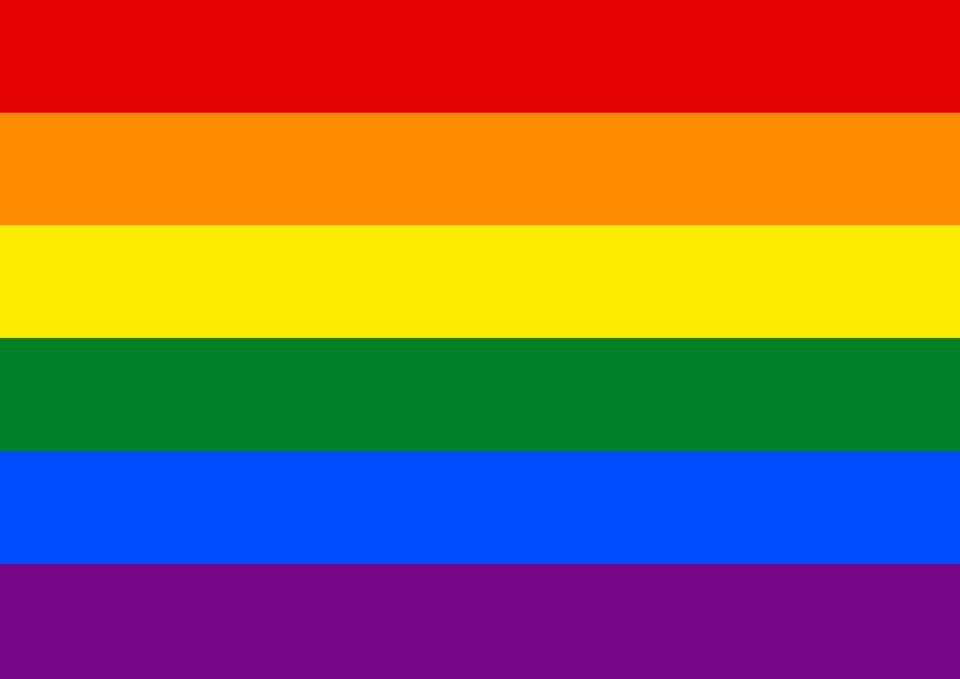
Philadelphia Pride Flag
In 2017, Philadelphia debuted a new version of the Pride flag, which includes black and brown stripes to represent Black and Latino communities. It was created after activists brought attention to racism in Philadelphia's LGBTQ+ community and demanded more inclusion and intersectionality.
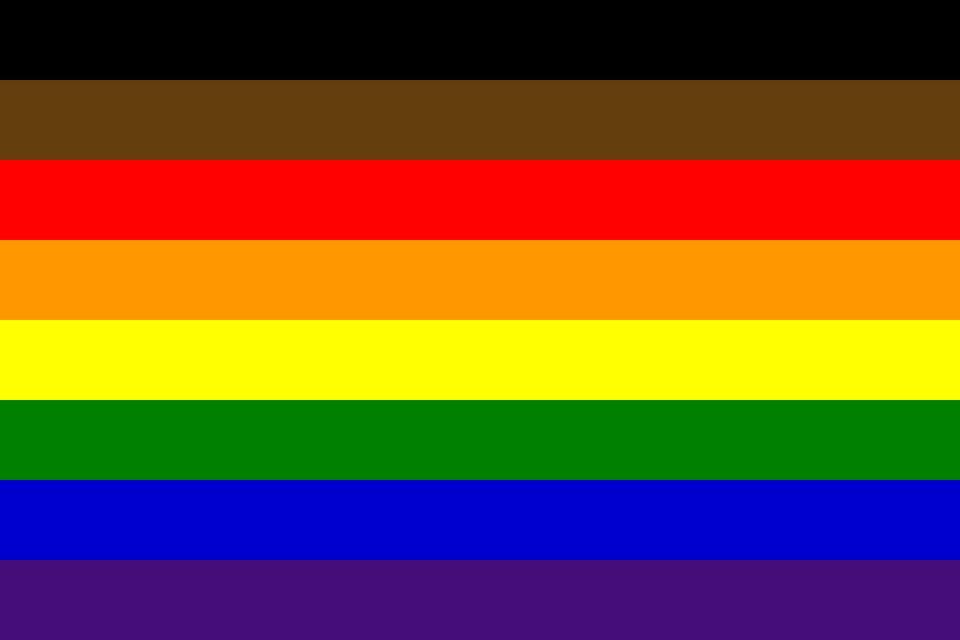
Progress Pride Flag
In 2018, artist Daniel Quasar debuted this flag, which added pink and blue stripes to represent the trans community and included the black and brown stripes to represent marginalized communities from Philadelphia's flag.
They explained the meaning of this flag on their website, writing: "The main section of the flag (background) includes the traditional Pride flag as seen in its most widely used form…The trans flag stripes and marginalized community stripes were shifted to the Hoist of the flag and given a new chevron shape. The arrow points to the right to show forward movement, while being along the hoist edge shows that progress still needs to be made."

Two-Spirit Pride Flag
According to the Human Rights Campaign, this flag represents Indigenous Americans that identify as two-spirit individuals, meaning they don't fall in the male/female binary. "The circle signifies the unification of both identities into a separate gender while the rainbow represents modern queer identities."
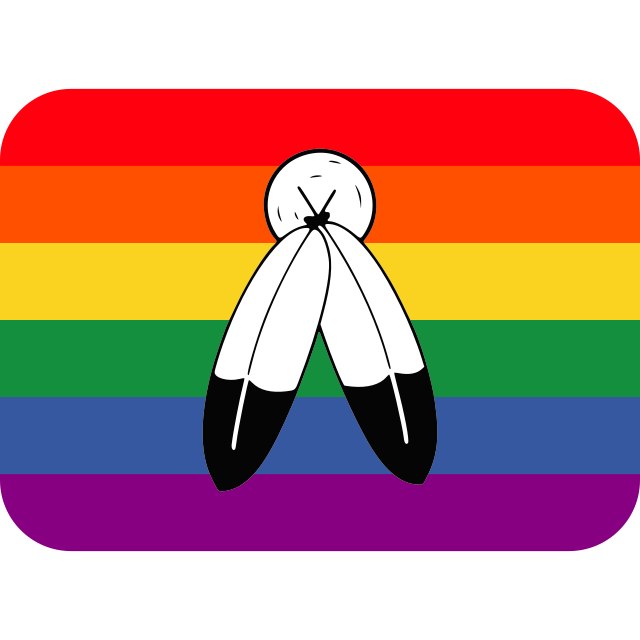
Transgender Pride Flag
The transgender pride flag was designed in 1999 by Monica Helms, a trans activist from Arizona. She used pink and blue stripes because they're often associated with girls and boys, and included a white stripe to represent people who are intersex, transitioning, or don't have a defined gender.
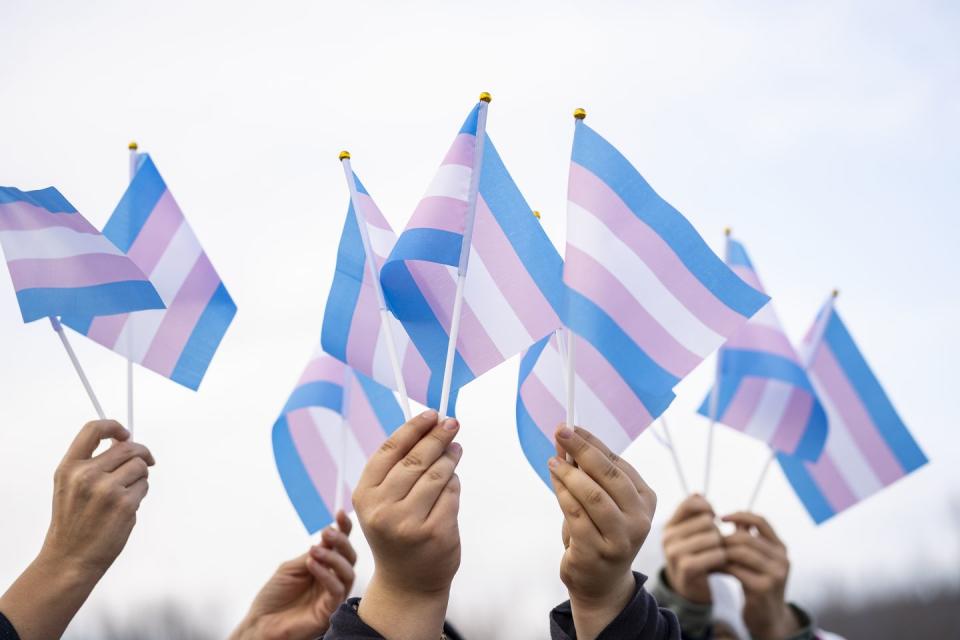
Non-Binary Pride Flag
This flag is used to symbolize non-binary pride for people who don't identify with a binary gender like male or female. It was created in 2014 by Kye Rowan. The yellow stripe symbolizes existing outside the binary, the white represents all genders, black is no gender, and purple is a mix of genders.
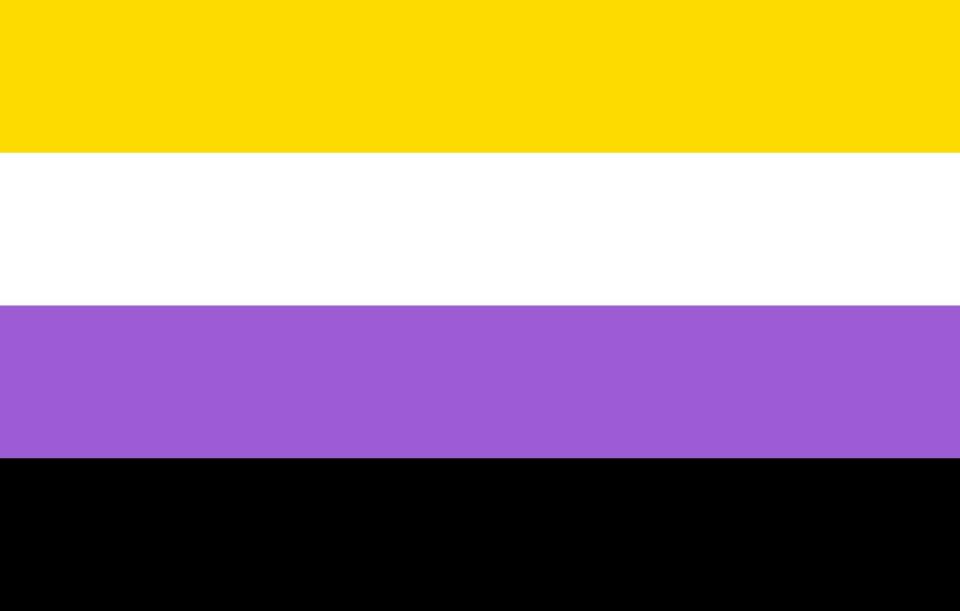
Intersex Pride Flag
According to the Human Rights Campaign, this flag was developed by Morgan Carpenter, the co-chair of Intersex Human Rights Australia in 2013. It was designed to be yellow and purple since these are seen as gender neutral colors.
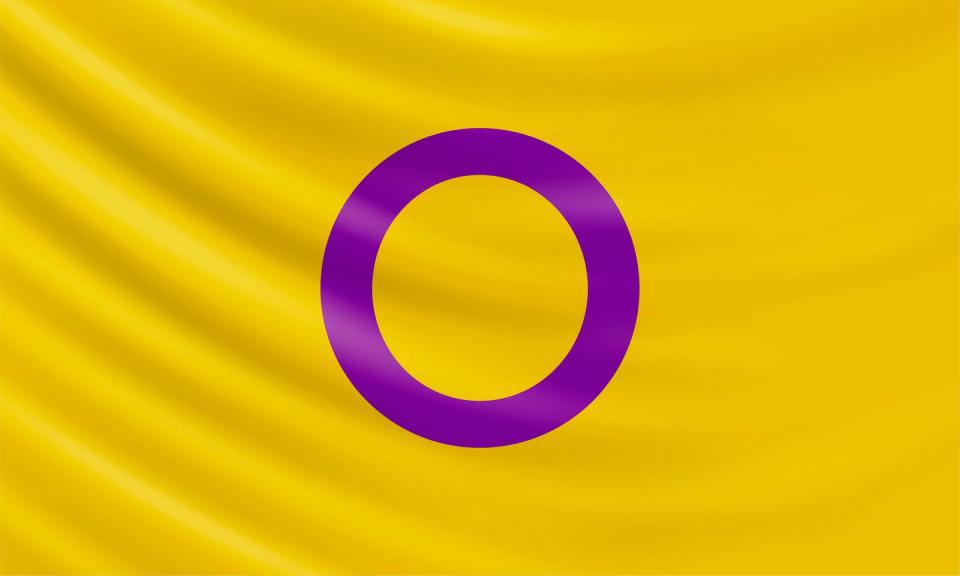
Intersex-Inclusive Pride Flag
The most recent known iteration of the pride flag is this one from 2021, which includes the intersex pride symbolism along with the existing design of the progress pride flag. According to the Human Rights Campaign, it was created by Valentino Vecchietti of Intersex Equality Rights UK.
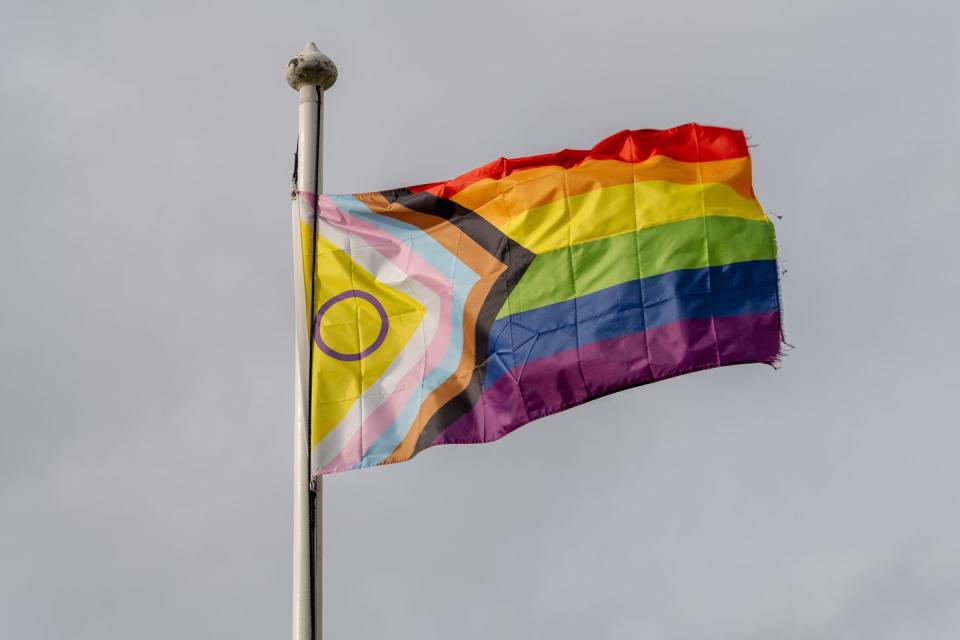
Genderfluid Pride Flag
This pride flag was created in 2012 by JJ Poole to represent people whose gender expression and identity is not fixed. Each color represents something different:
Pink = femininity
White = all genders
Purple = both masculinity and femininity
Black = a lack of gender
Blue = masculinity
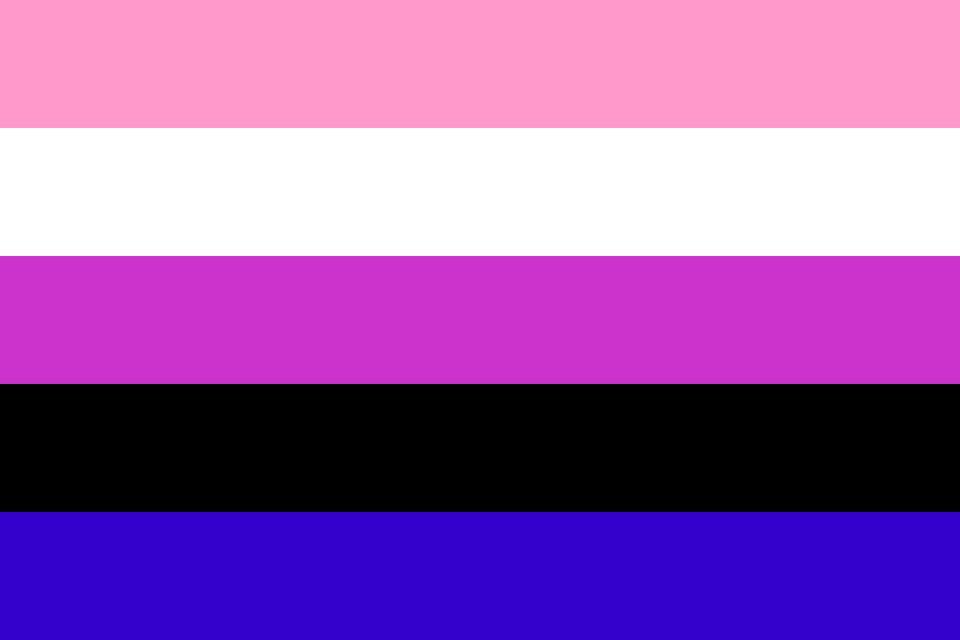
Bisexual Pride Flag
The bisexual pride flag was designed by activist Michael Page in 1998. The bright pink stripe represents women, the blue stripe represents men, and the purple stripe across the middle represents attraction to both men and women.
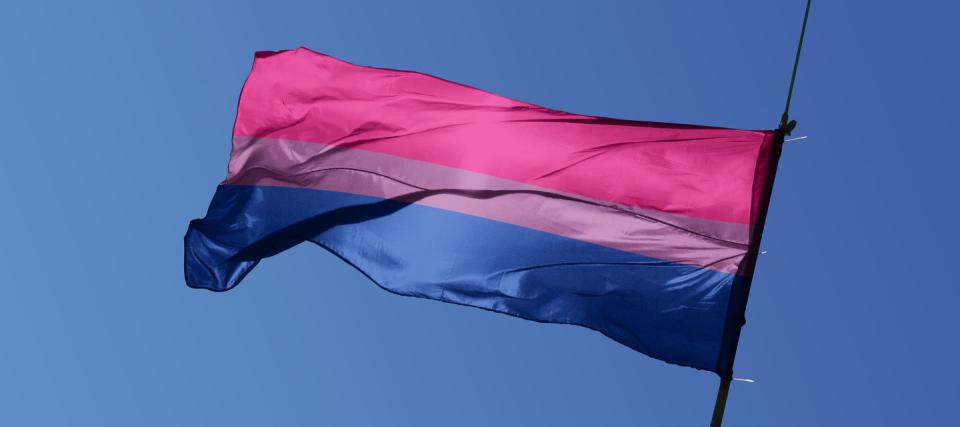
Lesbian Pride Flag
There have been multiple iterations of the lesbian pride flag, including the 2018 one by Emily Gwen. The varying shades celebrate gender non-conformity, independence, community, unique relationships to womanhood, peace, serenity, love, sex and femininity.
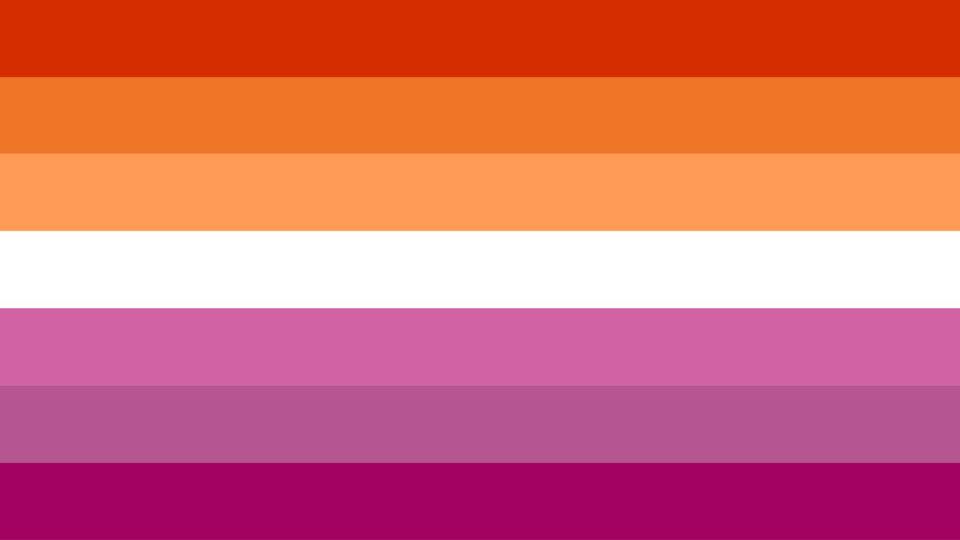
Trans-Inclusive Gay Men's Pride Flag
According to the Human Rights Campaign, this is the second version of a pride flag specifically for gay men. This version has varying shades of green and blue to include non-cisgender gay men.

Pansexual Pride Flag
This flag represents people who identify as pansexual, meaning they're attracted to people of any gender. According to the Human Rights Campaign, it was created around 2010 and "the pink stripe represents attraction to women while the blue stripe represents attraction to boys. The yellow stripe is for everyone else in-between and beyond the gender binary."

Asexual Pride Flag
According to Grand Rapids Pride Center, the asexual pride flag was created in 2010. Each stripe has a specific meaning on the flag. The black stripe represents asexuality, the gray stripe represents the gray area between sexual and asexual, the white stripe represents sexuality and the purple stripe represents community. Asexual people are people who do not have a sexual attraction towards any gender.

Demisexual Pride Flag
This flag features the same colors as the asexual pride flag above, but they're in a slightly different configuration to represent demisexual pride. According to the Human Rights Campaign, it represents people who only form sexual attraction towards someone once they've established a deep emotional connection.
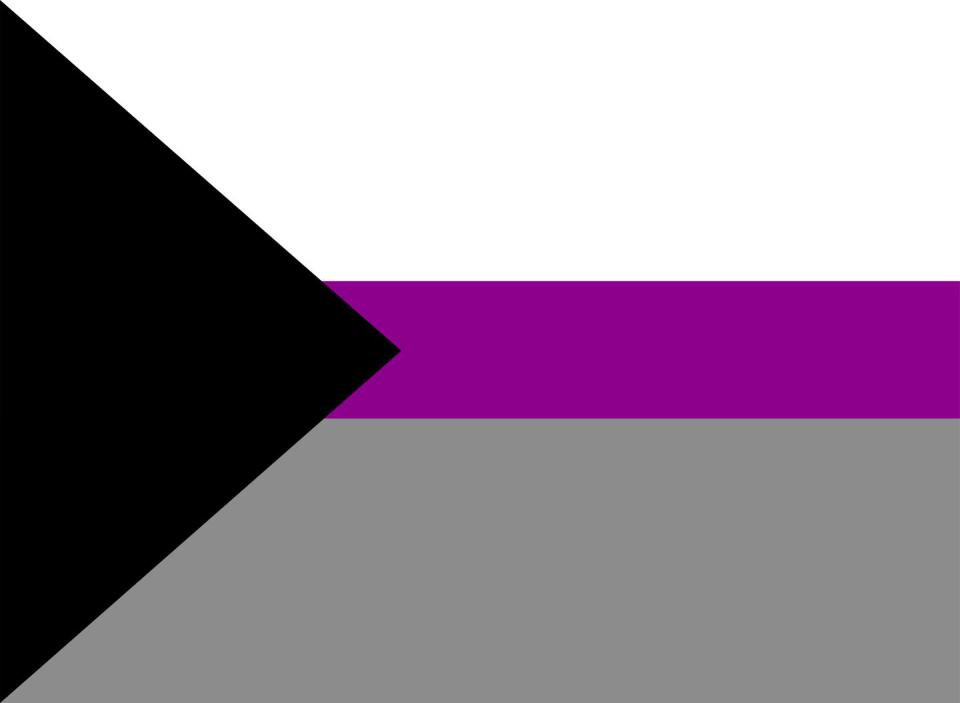
Polysexual Pride Flag
Polysexual people are attracted to multiple, but not necessarily all genders. According to SexualDiversity.org, the polysexual pride flag was created in 2012. The pink stripe represents attraction to female-identified people, while the green stripe represents attraction to people who identify outside the traditional gender binary. Lastly, the blue stripe represents attraction to male-identified people.
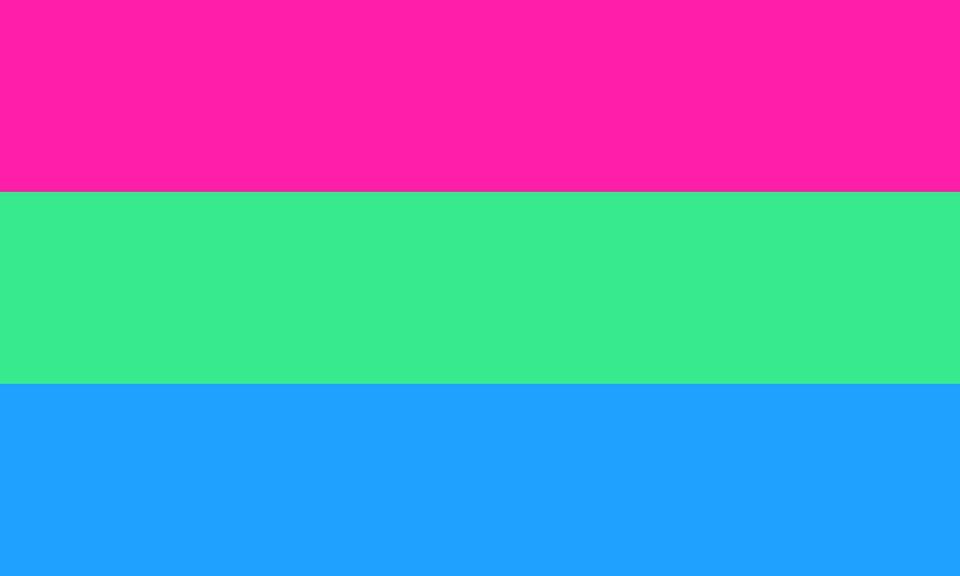
Genderqueer Pride Flag
According to the Grand Rapids Pride Center, the genderqueer pride flag was designed in 2011 by Marilyn Roxie, a genderqueer writer and advocate. The lavender stripe is a mix of blue and pink and represents androgyny and queer identities. The white stripe is meant to symbolize agender or gender neutral identities and the green stripe represents third gender identities and identities outside the gender binary.

Agender Pride Flag
In 2014, the agender pride flag was created by Salem X to represent people who have an unidentifiable gender, are gender neutral, or have no gender. The black and white stripes represent an absence of gender, the gray represents semi-genderlessness and the central green stripe represents nonbinary genders.
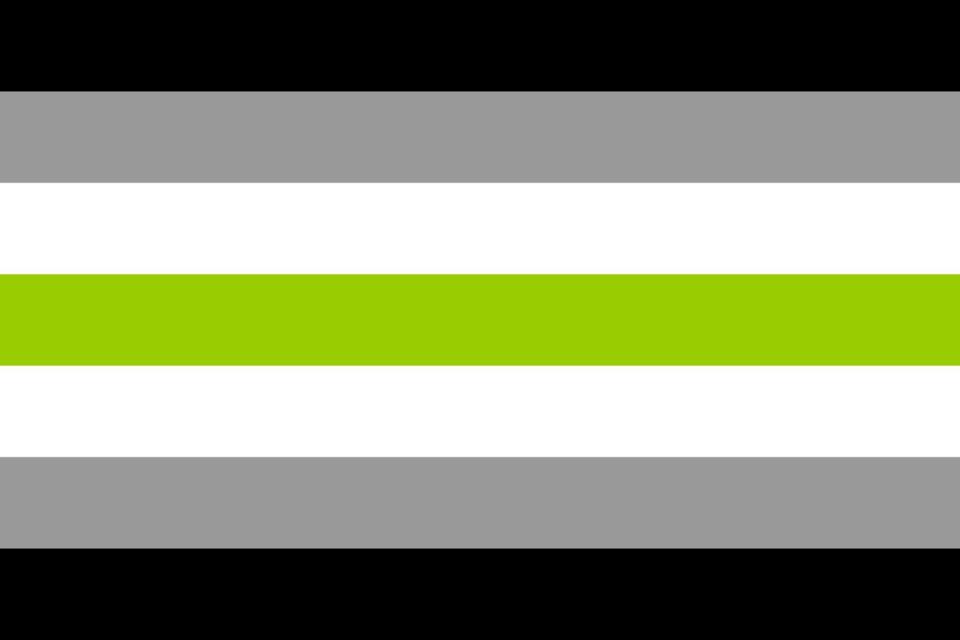
Aromantic Pride Flag
You might notice that the colors of this flag are similar to that of the agender pride flag above, though the order is different. Someone who is aromantic doesn't experience romantic attraction, or experiences it "in a significantly different way than is traditionally thought of," according to SexualDiversity.org. It was designed by a Tumblr user in 2014.

Queer Pride Flag
According to the Human Rights Campaign, this flag was created in 2015 as the label "queer" was becoming more celebrated to represent all aspects of queerness. Pink and blue shades represent same-gender attraction; orange and green stripes represent non-binary and gender non-conforming people; black and white stripes represent asexual, aromantic, and agender people.
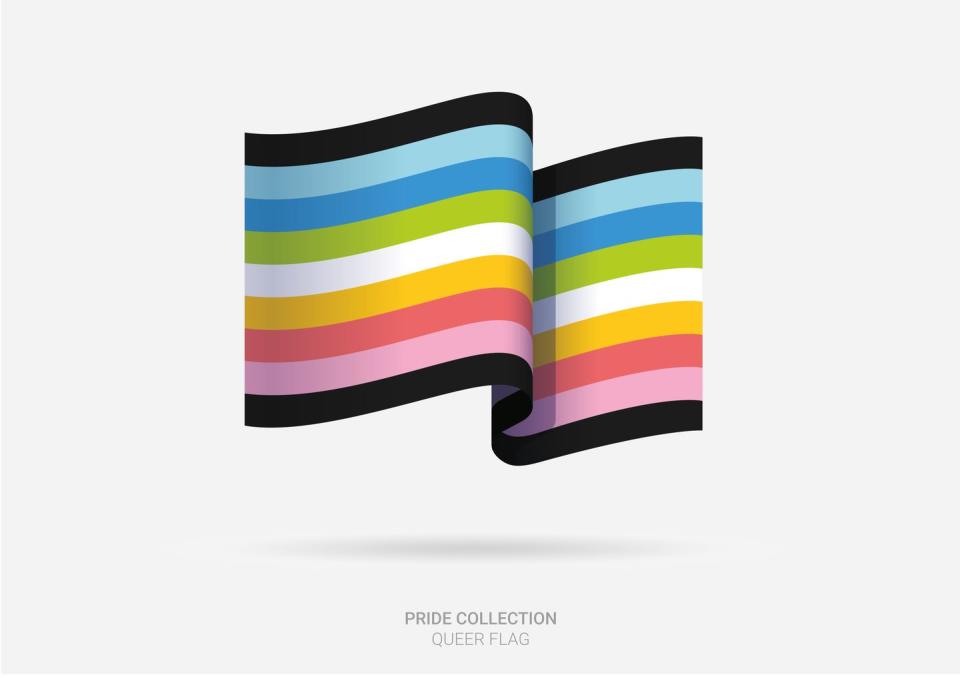
You Might Also Like

